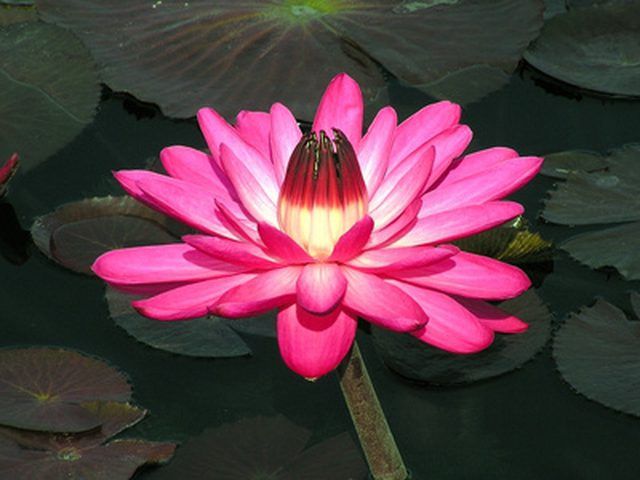Bulbs
Flower Basics
Flower Beds & Specialty Gardens
Flower Garden
Garden Furniture
Garden Gnomes
Garden Seeds
Garden Sheds
Garden Statues
Garden Tools & Supplies
Gardening Basics
Green & Organic
Groundcovers & Vines
Growing Annuals
Growing Basil
Growing Beans
Growing Berries
Growing Blueberries
Growing Cactus
Growing Corn
Growing Cotton
Growing Edibles
Growing Flowers
Growing Garlic
Growing Grapes
Growing Grass
Growing Herbs
Growing Jasmine
Growing Mint
Growing Mushrooms
Orchids
Growing Peanuts
Growing Perennials
Growing Plants
Growing Rosemary
Growing Roses
Growing Strawberries
Growing Sunflowers
Growing Thyme
Growing Tomatoes
Growing Tulips
Growing Vegetables
Herb Basics
Herb Garden
Indoor Growing
Landscaping Basics
Landscaping Patios
Landscaping Plants
Landscaping Shrubs
Landscaping Trees
Landscaping Walks & Pathways
Lawn Basics
Lawn Maintenance
Lawn Mowers
Lawn Ornaments
Lawn Planting
Lawn Tools
Outdoor Growing
Overall Landscape Planning
Pests, Weeds & Problems
Plant Basics
Rock Garden
Rose Garden
Shrubs
Soil
Specialty Gardens
Trees
Vegetable Garden
Yard Maintenance
How to Grow Pink Lotus Seeds
How to Grow Pink Lotus Seeds. As the sacred national flower of India, the pink lotus is one of the most majestic and revered flowers in the world. Native to Asia and Australia, this aquatic perennial grows naturally in the warm, shallow waters of ponds and rivers, where it roots to their muddy bottoms and sends stems up to the surface of the water....

As the sacred national flower of India, the pink lotus is one of the most majestic and revered flowers in the world. Native to Asia and Australia, this aquatic perennial grows naturally in the warm, shallow waters of ponds and rivers, where it roots to their muddy bottoms and sends stems up to the surface of the water. With its smooth pink petals and heady fragrance, pink lotus is a natural addition to any water garden or pond. Pink lotus plants are easy to grow from seed, but cannot tolerate cold weather, so gardeners in cool climates should be prepared to bring plants indoors in winter.
Things You'll Need
Sharp knife
Bowl or cup
4-inch aquatic pots, one for every lotus seed
Loam-based potting soil
Basin, tub or aquarium
Make a small break in the hard outer shell of each lotus seed with a sharp knife.
Put the seeds in a cup or bowl of warm water, removing and discarding any seeds that float, and place the cup or bowl in a bright, sunny area.
Drain and rinse the seeds and add fresh warm water every day until the seeds begin to sprout.
Fill 4-inch aquatic pots with high-quality loam-based potting soil and use your fingertip to make one depression in the soil for each seed; each seed should have its own pot.
Place individual sprouted seeds in the soil depressions and bury them about 2 inches deep, leaving some of the sprout visible; sprinkle the top of each pot with aquarium gravel to keep the soil in place.
Put the pots in a basin or aquarium filled with water to 1 inch below the top of the pots; the water should remain at a steady 72 degrees Fahrenheit until the lotus plants are established.
Move the pots to an outdoor pond, aquarium or water garden when a few leaves have grown on the lotus; the outdoor water temperature should be at least 60 degrees Fahrenheit.
Bring plants back indoors before winter temperatures cause the water to freeze.
Tips & Warnings
Expect lotus flowers to bloom in the second year after planting the seeds.
Don't bother using filtered or purified water for your lotus plants; they actually grow best in rainwater, just as they'd receive in the wild.
Freezing temperatures will kill lotus plants, so watch the weather forecast carefully in fall and winter to avoid exposing them to unexpected cold.